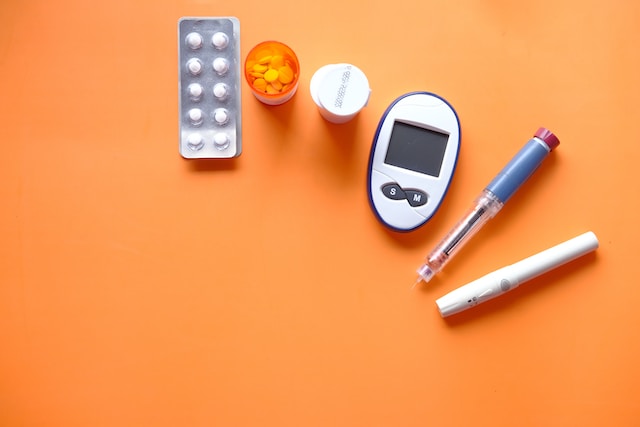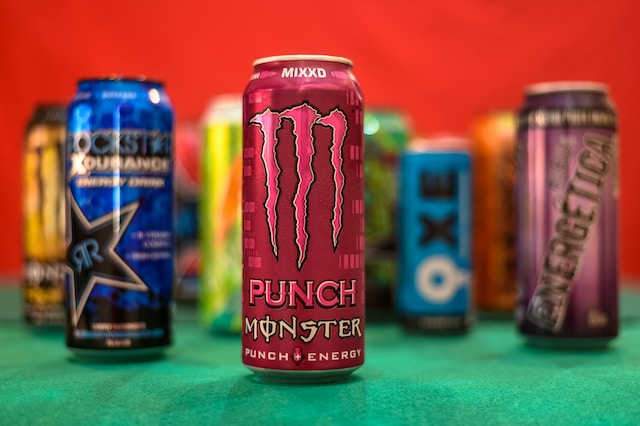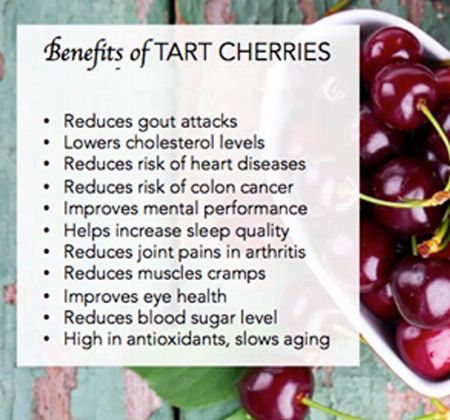Introduction
Do you remember the last time you indulged in a colorful, sweet bag of Skittles? As enjoyable as those little candies might be, have you ever stopped to wonder if they are safe for consumption? The idea of balancing taste and safety can be quite challenging, especially when it comes to our favorite snacks. In this blog post, we will explore the question: can Skittles be both delicious and non-toxic? Join us as we take a closer look at these beloved sweets and their ingredients.
Why are Some Skittles More Toxic Than Others?
Skittles are a popular candy that come in many different flavors. But which skittle is safe to eat?
Some skittles, like cherry and apple, are more toxic than others. The most poisonous skittles are the green and orange varieties, which contain high levels of lead. Skittles made with these colors have been linked to seizures and other health problems in children.
Fortunately, most skittles are not as poisonous as they sound. The average skittle contains only about 0.03 mg of lead per piece, which is well below the level that causes health problems in adults. In fact, the FDA has ruled that even small amounts of lead can be harmful to children. So if you’re worried about your child’s safety, steer clear of the green and orange varieties of skittles.
Testing for Toxicity in Skittles
Skittles are a popular candy that many children and adults enjoy. However, some people have concerns about the toxicity of skittles. Can skittles be both delicious and non-toxic?
When it comes to toxicity, there is no simple answer. Some food items may be safe to eat, while others may not be as safe. In general, foods that are high in sugar can contain toxins that can cause health problems. Skittles are no exception.
In fact, skittles may contain unsafe levels of two harmful substances: aluminum and phosphorus. Both of these substances can cause health issues if consumed in large amounts over time. For example, aluminum has been linked with brain damage and developmental problems in children, while phosphorus can lead to kidney problems and bone deformities in young animals.
So should you avoid skittles altogether? Unfortunately, there is no easy answer. While they may not be the safest candy out there, skittles are still relatively safe compared to other foods. If you’re concerned about your child’s health, you should talk to them about their eating habits and try to monitor their intake of skittles specifically
Conclusion
As health-conscious consumers, it is important to be aware of the ingredients in food and beverages. When it comes to skittles, some consumers are concerned about their potential toxicity. However, other consumers find them both delicious and non-toxic. Ultimately, it comes down to individual preference – but being informed about the ingredients will help you make an informed decision.










